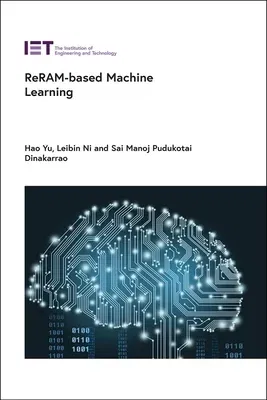Hao Yu
(Author)Reram-Based Machine LearningHardcover, 30 April 2021

Qty
1
Turbo
Ships in 2 - 3 days
In Stock
Free Delivery
Cash on Delivery
15 Days
Free Returns
Secure Checkout

Part of Series
Computing and Networks
Print Length
261 pages
Language
English
Publisher
Institution of Engineering & Technology
Date Published
30 Apr 2021
ISBN-10
1839530812
ISBN-13
9781839530814
Description
Product Details
Book Format:
Hardcover
Country of Origin:
GB
Date Published:
30 April 2021
Dimensions:
23.88 x
16 x
1.78 cm
ISBN-10:
1839530812
ISBN-13:
9781839530814
Language:
English
Location:
Stevenage
Pages:
261
Publisher:
Series:
Weight:
539.77 gm